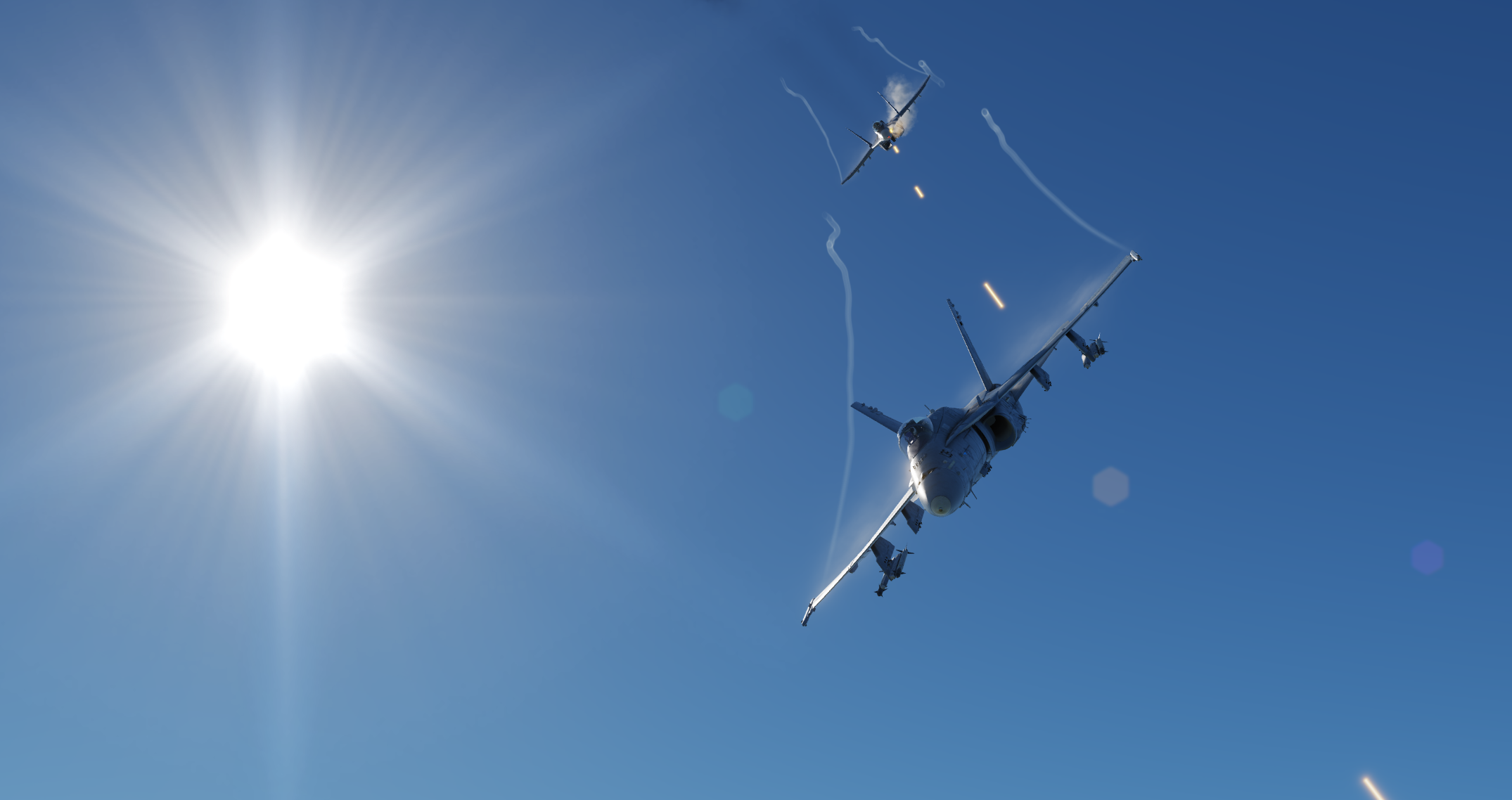

Both stick-and-rudder as well as mentality are important. You’ll begin with offensive BFM, where you’ll start the engagement in a position of advantage against a single opposing T-38 and be expected to win the fight with simulated missile and gun shots.

So start early with those good, disciplined habits! Two IFF Instructor Pilots prepare for a sortie (Photo credit: Airman Hannah Bean) BFMĪfter a couple of formation rides to get you accustomed to the standards, you’ll begin BFM. For example, missing a check-in during a Red Flag with 60+ airplanes all on the same radio frequency can delay or mess up millions of dollars worth of training. This may seem over the top and excessive at first, but it instills solid habits that are vital later. Exact timing, exact positions, and exact words are paramount. You will be expected to adhere to them rigidly, from briefing board preparation and etiquette to formation positions and radio calls during your flight. IFF is your first taste of fighter squadron standards. Every fighter squadron has a set of standards that enable squadron pilots to operate more efficiently together by codifying required tasks into standard planning, execution, and debrief contracts. One of the most important elements of IFF are the standards. Usually, you will attend IFF at the same base you went through UPT, but sometimes the USAF will require you to move. The USAF conducts IFF at Randolph AFB, TX, Sheppard AFB, TX, Columbus AFB, MS, and Vance AFB, OK. If you are going to an F-16, you’ll get twelve formation and BFM flights followed by four or five BSA flights. The IFF program varies based on your eventual aircraft, but as a rule it is about 16 flights and around six weeks in length. In its current incarnation, IFF still utilizes the T-38C and focuses heavily on the basics of visual formations, basic fighter maneuvers (BFM), and basic surface attack (BSA). The objective has shifted: evolve this newly minted military pilot into a fighter pilot capable of surviving in a single-seat, high-performance fighter. It will be immediately apparent you are no longer in UPT when you set foot in your IFF squadron. For further reading, see Gen Mike Holmes’ article on the future of IFF.įor now, I will focus on IFF in its current form. Future iterations may evolve to include virtual or augmented reality training and be more closely tied to fighter squadrons. While that subject is worthy of an article in itself, I will say from experience that the mentality developed in IFF served me well in my years as an F-16 pilot. Some denigrate the program for its lack of application in modern fighters. The IFF program has not changed much since its inception 50 years ago: formation, basic fighter maneuvers (BFM), and unguided bomb deliveries if you’re going to an aircraft that engages in surface attack. Established in 1969, it was originally called “Lead-in Fighter Training,” or LIFT for short, and was intended to bridge the gap between UPT flying and learning a fighter. The first step in this journey starts with the USAF’s Introduction to Fighter Fundamentals course, known by its acronym IFF. After nearly a year of learning to fly the Air Force way, you’re now finally beginning your transition to life as a fighter pilot. You’ve done it! There are shiny new silver wings on your chest and UPT is finally behind you.
#AIR COMBAT MANEUVERS TRAINING SERIES#
For an excellent in-depth look at UPT, see the multiple BogiDope articles on the subject, including the Winning UPT series and the UPT scoring system explained. This article is intended to reveal what your life will look like after you impress the hiring board, get selected by an ARC F-16 unit, and make your way through Undergraduate Pilot Training (UPT) and into Introduction to Fighter Fundamentals (IFF) and the F-16 basic qualification course (B-course). For a map of these units, see BogiDope’s helpful map page. With 17 different F-16 units in 13 states, chances are that if you want to fly fighters in the Air Reserve Component (ARC–the Guard and Reserve) you stand your best chance of doing so by opting for the Viper.


 0 kommentar(er)
0 kommentar(er)
